- Home
- Hvac And Refrigeration
- Hvac Installation Repair Mounting Equipment
- Refrigeration Valves
.....Read More
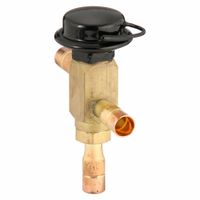
Head Pressure Refrigeration Control Valves

Line Piercing Refrigeration Valves
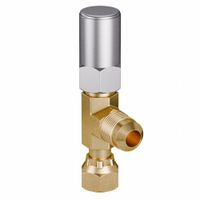
Packed Line Refrigeration Valves
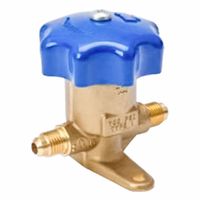
Packless Refrigeration Diaphragm Valves

Refrigerant Pressure Regulators
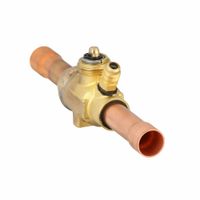
Refrigeration Ball Valves

Refrigeration Capillary Tubing
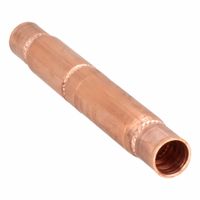
Refrigeration Check Valves
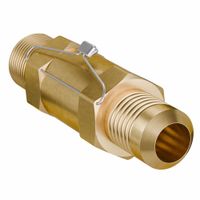
Refrigeration Pressure Relief Valves & Rupture Disks
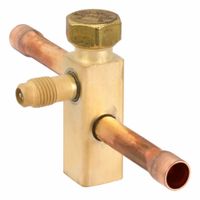
Refrigeration Service Valves

Solenoid Refrigeration Valves & Coils

Thermostatic Expansion Valves
Frequently Asked Questions
What are the different types of refrigeration valves used in HVAC systems?
How do refrigeration ball valves function in controlling refrigerant flow?
What is the role of refrigeration pressure regulators in HVAC systems?
How do solenoid refrigeration valves and coils provide remote control of refrigerant flow?
What is the purpose of thermostatic expansion valves in regulating refrigerant flow?
How do refrigeration check valves prevent refrigerant from flowing in the wrong direction?
What are the benefits of using line-piercing refrigeration valves in existing refrigerant lines?